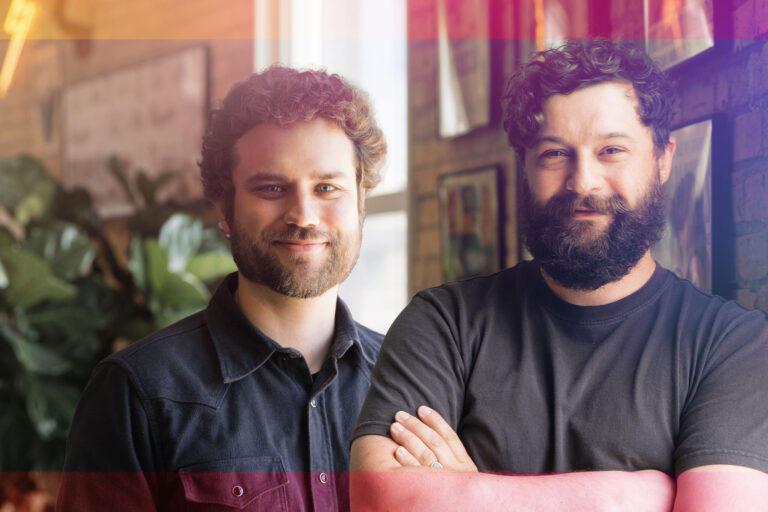How the Treat People Like People campaign offers lessons for better engagement with marginalized populations
At least 13% of America’s population is disabled. That’s 42.5 million of us, experiencing difficulties with hearing, vision, walking, self-care, or independent living or cognitive function. Yet too many businesses and individuals fall short when it comes to equitable interactions within the disability community.
For the Minnesota Governor’s Council on Disabilities, we created a centralized online resource to give the disability community a voice, a place to share stories, and offer a greater understanding of their experiences. The campaign’s name, Treat People Like People, also suggests a basic philosophy that applies to all areas of life.
It was a highly collaborative process, one that offered plenty of lessons in the basics of thoughtful, inclusive communication. Here are three takeaways you can use to improve your own communications and better engage with your audiences.
1. Make Your Marketing Materials Accessible
This means ensuring that your campaign accommodates people with a wide range of needs. To ensure the Treat People Like People website was fully accessible, all video and social media content included closed captioning and clear text descriptors allowing access to the information via screen readers. A philosophy of treating people like people means giving all audiences the same opportunities for accessibility and engagement. You’ll find many tools online that can help you ensure your print and video materials comply with the American Disabilities Act (ADA).
2. Recognize the value of all your audiences
A key goal of our Treat People Like People campaign was to empower people with disabilities to share their stories. This can be a powerful process that fosters confidence and connection for individuals while also educating others. These personal stories create a new narrative about the disability community, and offer an informed perspective. Every organization has both the power and responsibility to influence how people see themselves and others. Consider the stories of those you serve, and look for ways to celebrate their experiences in video, on your website, or on social media platforms.
3. Use Inclusive Language
Word choice matters. The language used in any media can create inclusive or exclusionary environments, so knowing how to write with everyone in mind is important. While the strategies for inclusive language are somewhat fluid, here are a few guidelines that informed our approach to Treat People Like People:
-Use people-first language
This means not defining people by their conditions. For example, instead of using the phrase “disabled people,” use “people with disabilities.”
-Avoid labels or stereotypes
Similar to people-first language, avoiding stereotypes means not treating people as though they are defined by their disabilities. For instance, describing people as “survivors” or dramatizing their lives by calling them “courageous” still defines them by their disability. Instead, treat them as you would anyone else by only mentioning their disability if it’s relevant to the information at hand.
-Don’t treat disabilities as illnesses or problems to be fixed
Expressions like “suffers from” or “afflicted with” indicate that people living with disabilities have conditions that need to be treated. Like you, people experiencing disabilities simply are who they are, and prefer to be thought of as fellow individuals in the great human experience. To quote the philosopher Ram Dass, “We’re all just walking each other home.”
By making marketing accessible to your whole audience, you can engage with a broader audience and demonstrate your commitment to diversity and equality. Writing empowering language can be a challenge, but it’s a worthy one. If you’re curious about how to speak to a group in a way that makes them feel seen, reach out to us here.
Subscribe to our newsletter to deepen your industry knowledge and stay connected.





